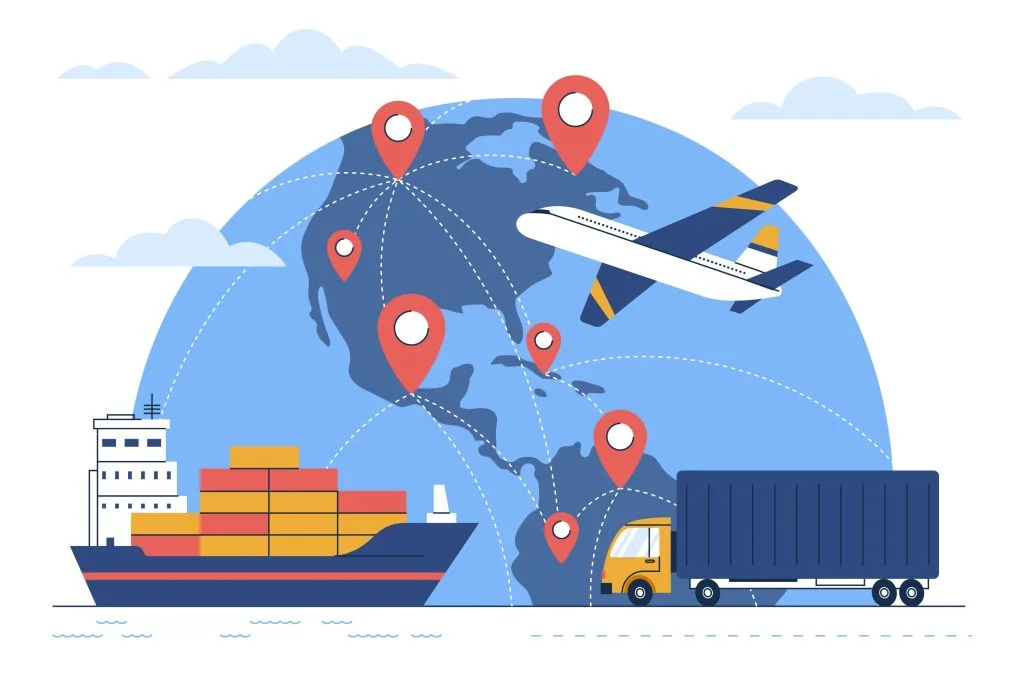In today’s interconnected world, global supply chains are the lifeline of modern commerce. From electronics and apparel to pharmaceuticals and food, the global economy relies on seamless Supply Chain Management to deliver goods efficiently across borders. However, in recent years, the landscape has dramatically shifted. Unprecedented events like the COVID-19 pandemic, geopolitical tensions, cyber threats, and environmental disasters have exposed the fragility of global supply chains. As a result, organizations are now rethinking their strategies to navigate disruption and mitigate risk.
The Changing Face of Supply Chain Management
Supply Chain Management is no longer just about reducing costs and optimizing inventory levels. It has evolved into a more strategic function focused on resilience, agility, and risk management. Companies now understand that a lean supply chain, while efficient in stable times, can be highly vulnerable to shocks. The modern approach demands proactive risk assessment, diversified sourcing, robust logistics networks, and enhanced digital visibility.Common Disruptions in Global Supply Chains Disruptions can arise from multiple sources:
Pandemics: COVID-19 highlighted the dependency on single-source suppliers, particularly in Asia, creating global bottlenecks. Geopolitical Unrest: Trade wars, sanctions, and regional conflicts can halt cross-border movement of goods. Climate Events: Natural disasters such as hurricanes, floods, and wildfires often disrupt transportation routes and production facilities. Cybersecurity Threats: As supply chains become increasingly digital, they are more vulnerable to cyberattacks that can halt operations. Regulatory Changes: Sudden shifts in international trade laws, tariffs, and compliance requirements add another layer of complexity.Strategies for Navigating Disruption
To effectively navigate these challenges, businesses need to build more resilient and adaptive supply chains. Here are some key strategies:- Diversification of Suppliers Relying on a single supplier or region is risky. Companies are now exploring multiple suppliers across different geographies to reduce dependency and ensure continuity.
- Investment in Digital Technologies Digital tools like AI, machine learning, and blockchain provide real-time visibility, predictive analytics, and traceability across the supply chain. These technologies enable quicker responses to disruptions and more informed decision-making.
- Scenario Planning and Risk Assessment Organizations must regularly conduct risk assessments and develop contingency plans for different disruption scenarios. This includes identifying critical nodes in the supply chain and evaluating their vulnerability.
- Collaborative Partnerships Strong relationships with suppliers, logistics providers, and other stakeholders foster transparency and collaboration during a crisis. Shared information and resources can significantly reduce response times.
- Inventory Buffering and Nearshoring While just-in-time (JIT) inventory strategies have long been the standard, companies are now reconsidering safety stock levels and exploring nearshoring to bring manufacturing closer to the demand centers.





